Table of Contents
Easy Homemade Poultry Dry Rub Recipe
By Chef Michael Johnson, a professional chef with 15 years of experience in American barbecue and grilling. This simple poultry dry rub recipe creates a flavorful crust and juicy meat every time. Perfect for chicken, turkey, or other poultry. According to the USDA Food Safety and Inspection Service, dry rubs are a safe and effective way to flavor poultry without adding extra moisture.
Classic Poultry Dry Rub Ingredients
- 2 tablespoons smoked paprika
- 1 tablespoon garlic powder
- 1 tablespoon onion powder
- 1 tablespoon brown sugar
- 1 teaspoon black pepper
- 1 teaspoon salt
- 1/2 teaspoon cayenne pepper (optional for heat)
Step-by-Step Instructions
- In a small bowl, combine all ingredients.
- Rub the mixture evenly over the poultry, covering all surfaces, including under the skin.
- Let sit for at least 30 minutes before cooking for best flavor penetration. For deeper flavor, refrigerate for 2-4 hours.
- Cook as desired (grill, roast, or smoke).
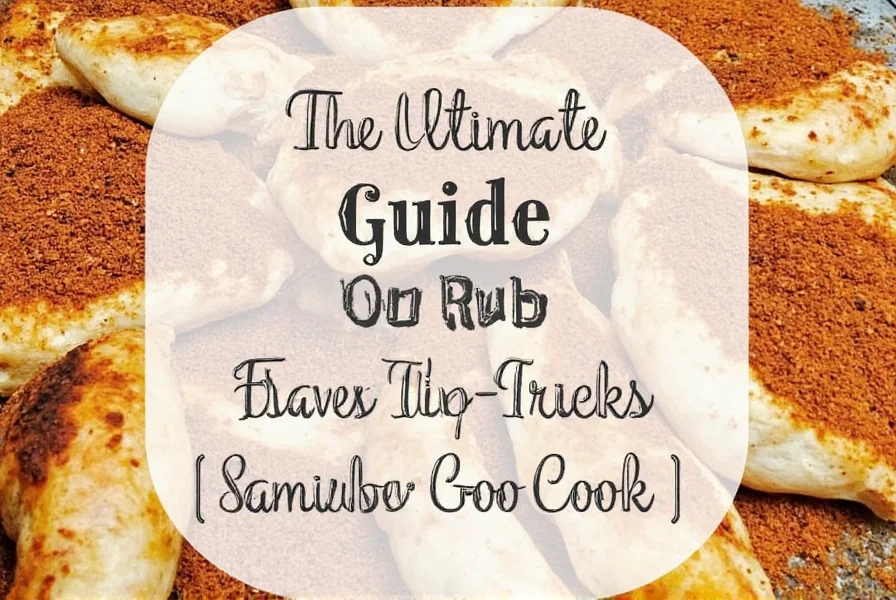
Why Use a Poultry Dry Rub?
There are several reasons why a dry rub is a favorite among both amateur cooks and professional chefs:
- Flavor Infusion: The spices penetrate the meat, adding depth and richness.
- Crispy Skin: The salt in the rub helps draw out moisture, leading to a golden, crispy exterior.
- Versatility: You can customize the rub to suit your taste, whether you like spicy, sweet, or savory flavors.
- Convenience: No need for messy sauces or marinades—just mix, rub, and cook.
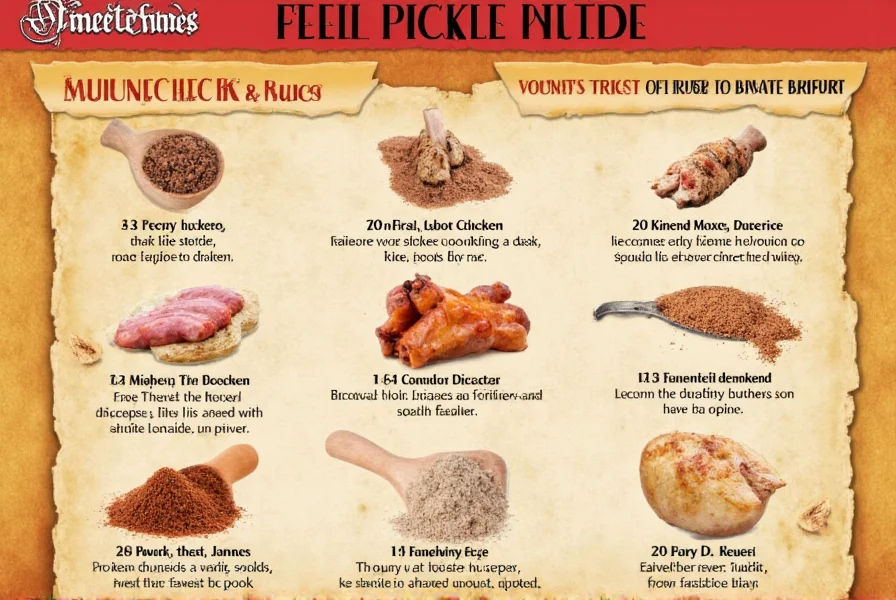
Essential Spice Basics for Poultry Dry Rubs
While there are countless variations, some key spices form the foundation of a great poultry dry rub. Here's a quick breakdown of common ingredients and their roles:
| Spice | Role | Flavor Profile |
|---|---|---|
| Garlic Powder | Enhances savory depth | Savory, umami |
| Onion Powder | Provides sweetness and depth | Sweet, slightly sharp |
| Smoked Paprika | Adds smoky, rich flavor | Smoky, slightly sweet |
| Black Pepper | Brings heat and complexity | Pungent, sharp |
| Cayenne Pepper | Provides heat | Hot, spicy |
| Brown Sugar | Creates a caramelized crust | Sweet, sticky |
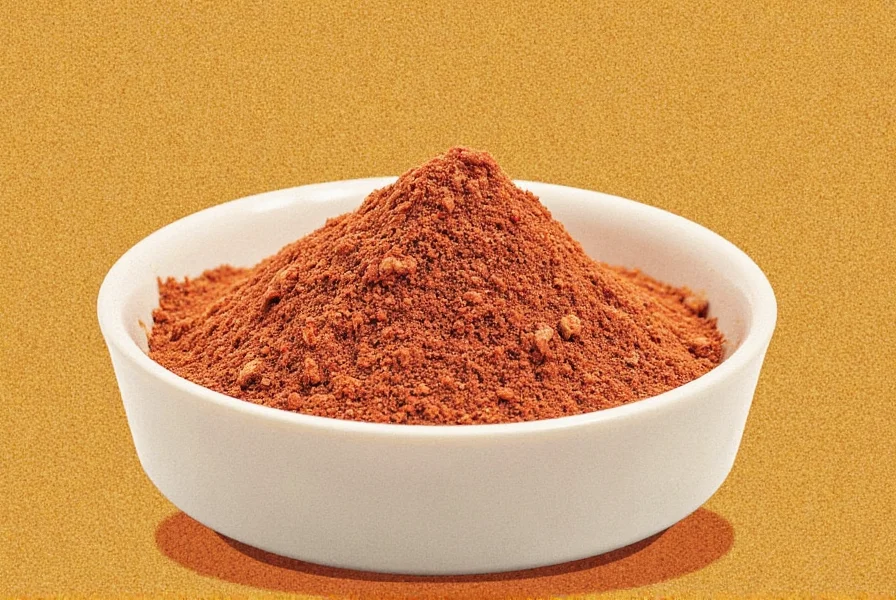
Top 10 Practical Tips for Using Poultry Dry Rubs
Whether you're a seasoned chef or just starting out, these tips will help you get the most out of your poultry dry rub:
- Pat the Bird Dry: Before applying the rub, make sure the poultry is as dry as possible. This helps the spices adhere better and promotes crispiness.
- Use Enough Rub: Don't be shy—apply a generous amount of rub, making sure it covers the entire surface, including under the skin.
- Let It Sit: Allow the rubbed poultry to rest for at least 30 minutes before cooking. This gives the spices time to penetrate the meat.
- Adjust for Heat: If you like your food spicy, add more cayenne or chili powder. For a milder version, reduce or omit them.
- Combine with Other Techniques: A dry rub pairs well with brining, smoking, or even a light glaze after cooking.
- Use Fresh Spices: Old spices lose potency. Store your rub in an airtight container and replace it every few months.
- Experiment with Flavors: Try adding smoked salt, citrus zest, or even coffee for unique flavor profiles.
- Don't Overdo It: Too much rub can overpower the natural taste of the poultry. Start with a small amount and adjust as needed.
- Apply Evenly: Use your hands or a brush to ensure the rub is spread evenly across the bird.
- Pair with Complementary Sides: A bold dry rub works best with simple sides like roasted vegetables or mashed potatoes.
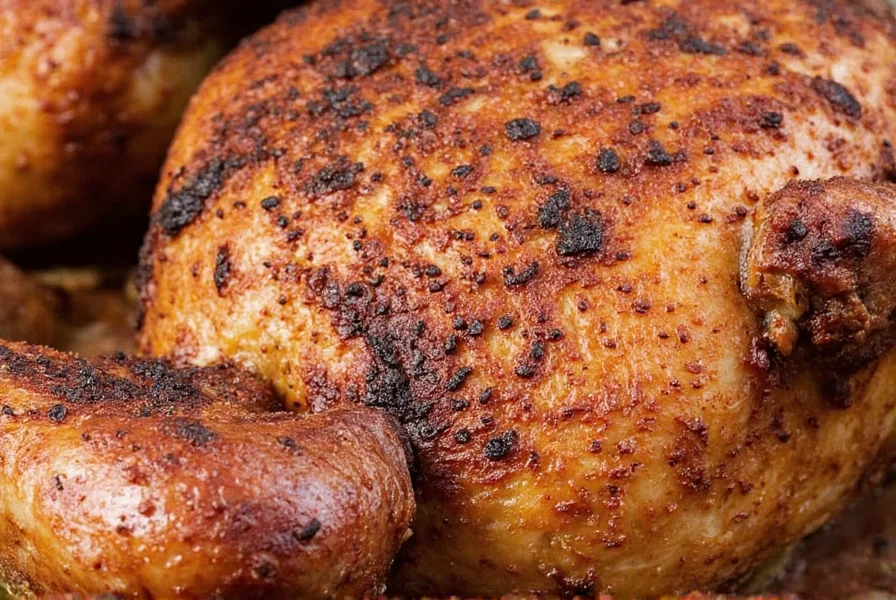
Frequently Asked Questions About Poultry Dry Rubs
How long should I let a dry rub sit on poultry before cooking?
For best results, let the dry rub sit on poultry for at least 30 minutes before cooking. If you have time, refrigerating it for 2-4 hours (or even overnight) allows the flavors to penetrate deeper. Just be careful not to leave salt-heavy rubs on for too long with delicate poultry like chicken breast, as it can start to cure the meat.
Can I use a dry rub on frozen poultry?
No, you should always thaw poultry completely before applying a dry rub. A dry rub won't adhere properly to frozen or even partially frozen poultry, and the moisture from thawing would prevent the spices from sticking and creating that desirable crispy crust. Always pat the poultry completely dry after thawing for best results.
How much dry rub should I use per pound of poultry?
A good rule of thumb is to use about 1 tablespoon of dry rub per pound of poultry. For a whole chicken (about 4-5 pounds), you'd use 4-5 tablespoons. The key is to cover the entire surface evenly without creating thick clumps. Remember you can always add more later if needed, but too much rub can overpower the natural flavor of the poultry.
Can I make my own dry rub instead of buying pre-made ones?
Absolutely! Making your own dry rub is simple, cost-effective, and allows for complete customization. Start with the basic formula: 1 part salt, 1 part sugar, and 2 parts spices. Then adjust to your taste preferences. Homemade rubs let you control the quality of ingredients and avoid preservatives found in some store-bought versions. Plus, you can tailor the heat level and flavor profile exactly to your liking.
Do I need to oil the poultry before applying a dry rub?
Not necessarily, but a light coating of oil (about 1 teaspoon per pound) can help the dry rub adhere better to the poultry. Use a neutral oil like canola or vegetable oil, or for extra flavor, try olive oil or melted butter. The oil also helps with browning and creates an even better crust during cooking. However, if your rub contains a lot of sugar, be careful with oil as it can cause burning at high temperatures.
Can I use a poultry dry rub on other meats?
Yes, poultry dry rubs often work well on other meats, though you may want to adjust the proportions. Poultry rubs tend to be more delicate than those designed for beef or pork. For heartier meats, you might increase the amount of bold spices like paprika or cayenne. Some poultry rubs, especially those with sweet components like brown sugar, work particularly well on pork. Just remember that poultry rubs generally have a lighter flavor profile designed for more delicate meats.
How should I store leftover dry rub?
Store leftover dry rub in an airtight container away from heat, light, and moisture. A glass jar with a tight-fitting lid works perfectly. Properly stored, most dry rubs will maintain their potency for 6 months to a year. For longer storage (up to 2 years), keep the rub in the freezer. Avoid storing rubs in areas near the stove or oven where temperatures fluctuate, as this degrades the spices more quickly.
What's the difference between a dry rub and a marinade?
The main difference is moisture content. A dry rub is made entirely of dry ingredients (spices, herbs, salt, sugar) and creates a crust on the surface of the meat. A marinade contains liquid components (like oil, vinegar, citrus juice, or yogurt) that help tenderize the meat while adding flavor. Dry rubs are quicker to apply, don't require as much preparation time, and are excellent for creating crispy skin on poultry. Marinades take longer (usually several hours) but can tenderize tougher cuts of meat more effectively.
Buying Guide: Choosing the Best Poultry Dry Rub
If you're not ready to make your own, there are plenty of store-bought options available. Here's what to look for when choosing a poultry dry rub:
Key Features to Consider
- Flavor Profile: Choose a rub that matches your taste preferences—spicy, sweet, smoky, or traditional.
- Ingredients: Look for high-quality, natural ingredients with minimal preservatives or fillers.
- Origin: Some rubs come from specific regions (e.g., Texas-style, Caribbean, etc.) and have distinct flavor characteristics.
- Use Cases: Some rubs are designed for grilling, while others work well for roasting or smoking.
- Target Audience: Choose a rub that suits your skill level and cooking style.
Recommended Products
Here are a few top-rated poultry dry rubs that cater to different tastes and needs:
1. Smokehouse Original BBQ Rub
Features: Smoked paprika, garlic, onion, black pepper, and brown sugar.
Advantages: Versatile, creates a deep, smoky flavor, and enhances crust formation.
Use Cases: Ideal for grilling, smoking, and roasting.
Target Audience: Beginners and experienced cooks looking for a classic blend.
Suitable Occasions: Barbecues, family dinners, and holiday meals.
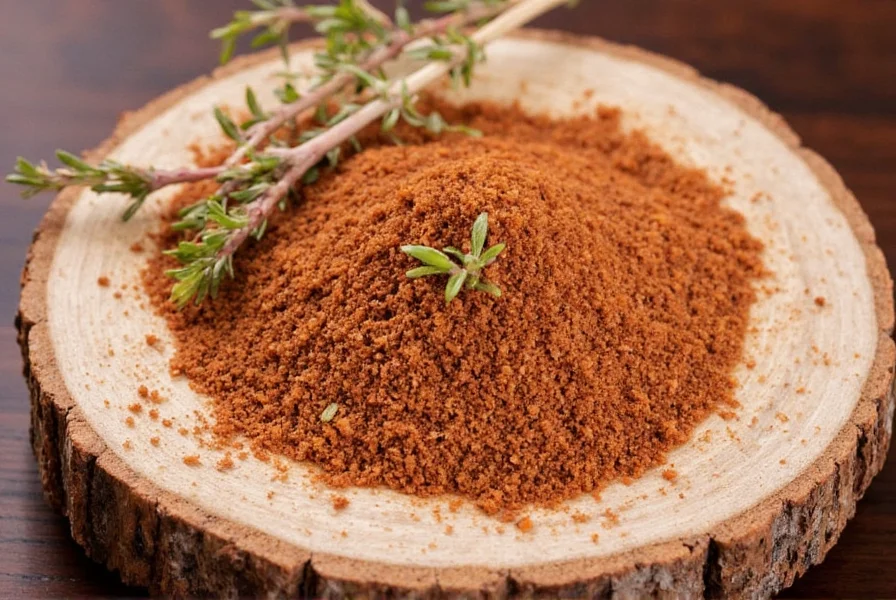
2. Hot & Spicy Cajun Rub
Features: Cayenne, garlic, onion, paprika, and black pepper.
Advantages: Adds a bold, spicy kick with a hint of smokiness.
Use Cases: Great for grilled chicken, fried chicken, or as a seasoning for wings.
Target Audience: Spicy food lovers and those who enjoy bold flavors.
Suitable Occasions: Game nights, summer parties, and casual gatherings.
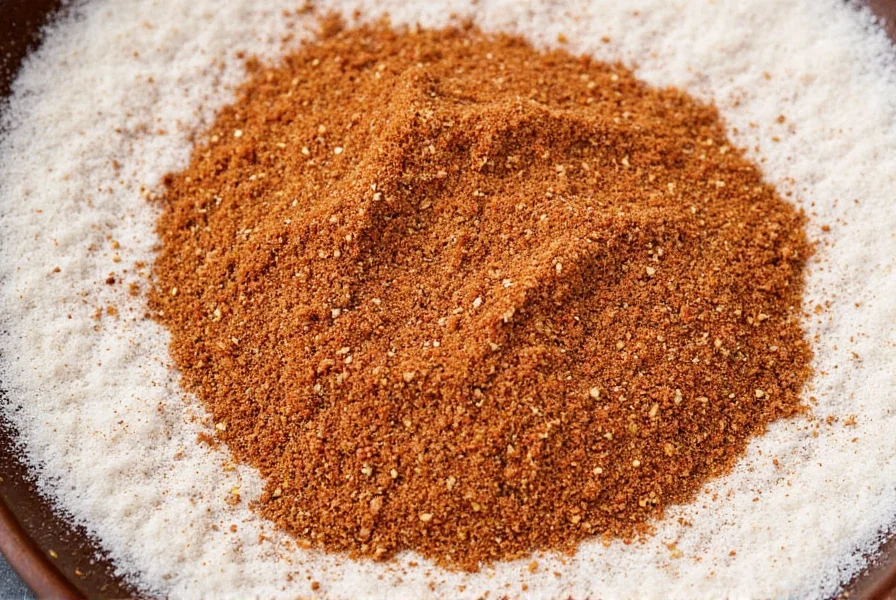
3. Sweet & Savory Herb Rub
Features: Thyme, rosemary, garlic, onion, and brown sugar.
Advantages: Balances sweet and savory notes, adds aroma and depth.
Use Cases: Perfect for oven-roasted chicken or turkey.
Target Audience: Those who prefer mild, aromatic flavors.
Suitable Occasions: Thanksgiving, Christmas, and festive dinners.
Conclusion
A poultry dry rub is more than just a seasoning—it's a gateway to delicious, flavorful meals that impress both your taste buds and your guests. By understanding the basics, experimenting with different combinations, and following practical tips, you can master the art of using a dry rub like a pro. Whether you choose to make your own or go with a store-bought option, the right rub can elevate your poultry dishes from ordinary to extraordinary. So grab your spices, get creative, and let your kitchen shine!










 浙公网安备
33010002000092号
浙公网安备
33010002000092号 浙B2-20120091-4
浙B2-20120091-4